
Question and Answers Forum
AllQuestion and Answers: Page 438

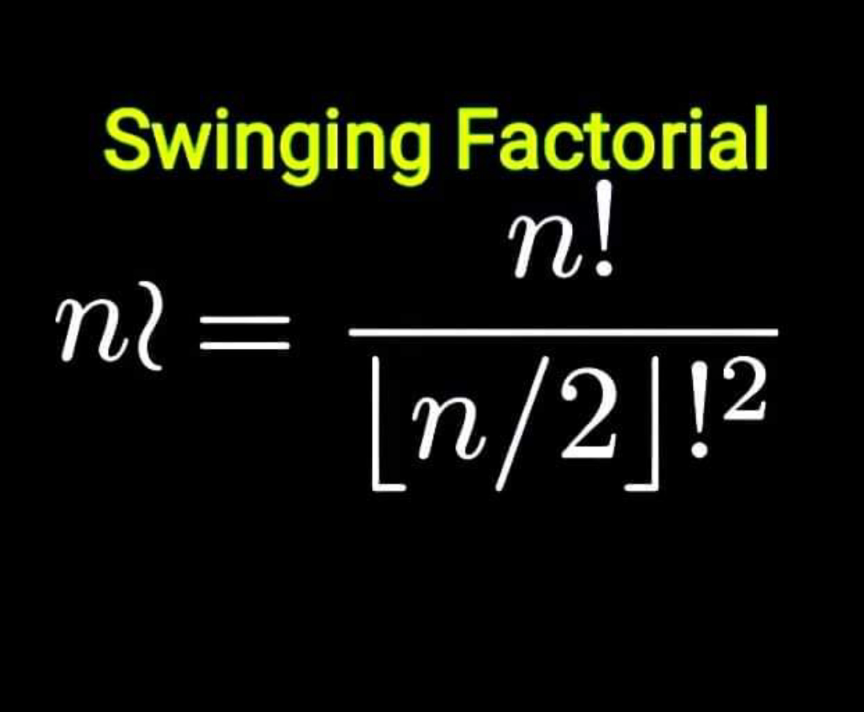
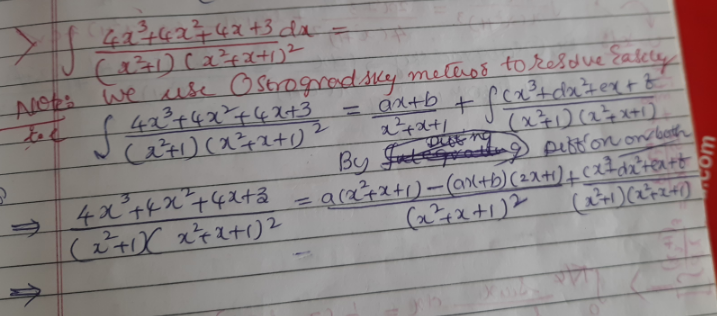

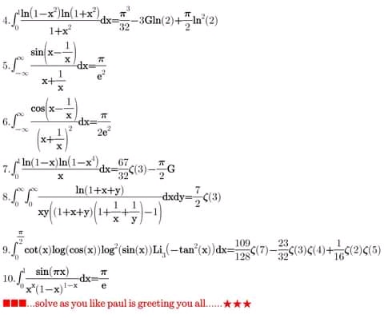
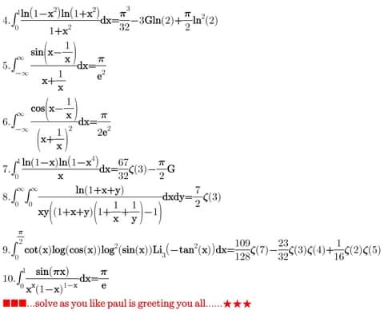
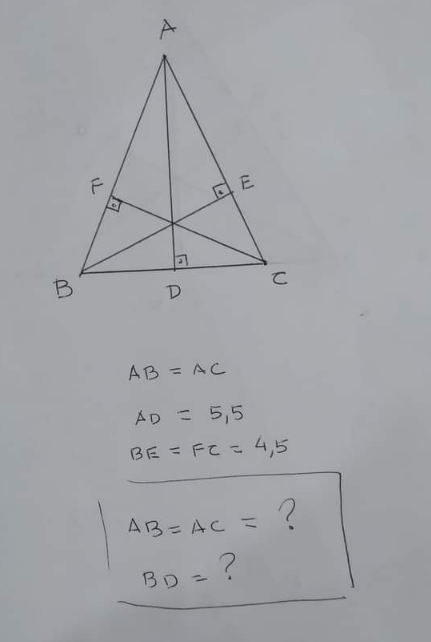
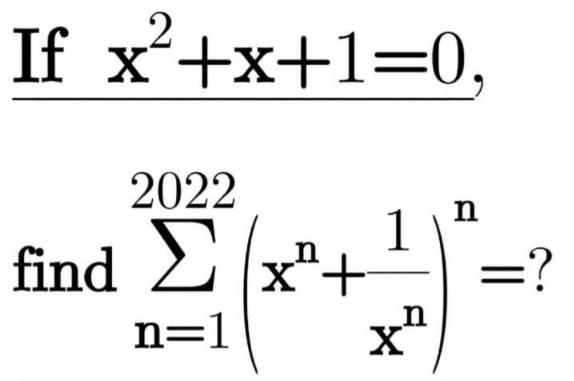
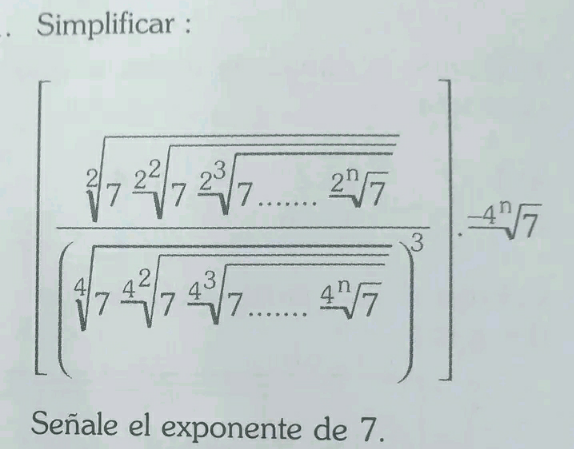
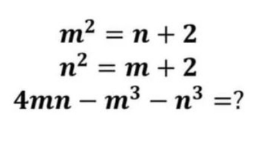
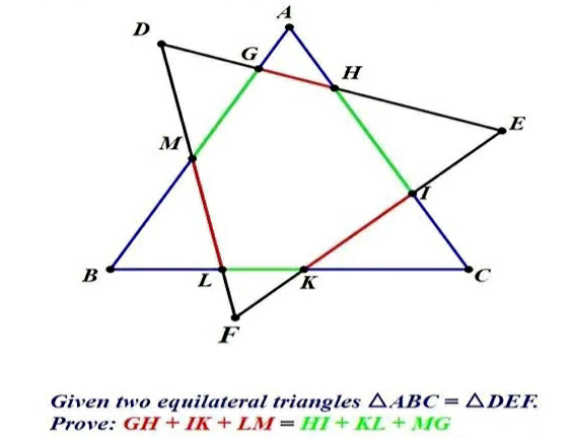
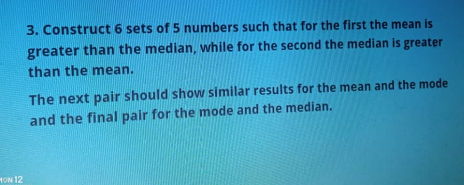
Pg 433 Pg 434 Pg 435 Pg 436 Pg 437 Pg 438 Pg 439 Pg 440 Pg 441 Pg 442
|
Question and Answers Forum |
AllQuestion and Answers: Page 438 |
| which rectangle with integer length side have numerically the same area and perimeter? Find them all. Find a proof that convinces that you have found them all. what about right− angled triangle? how many solutions? |
| lim_(x→0) (((tan^(−1) (((x−x(√(1−x^2 )))/( (√(1−x^2 ))+x^2 ))))/x^3 ))=? pleas solve this |
| 1. { ((y^(log_x y) =x^4 )),((log_2 (y−x)=1)) :} 2. 25^(−x) −5^(−x+1) ≥50 |
| If x is nearer a than b in [a,b], is (√x) necessarily nearer (√a) than (√b) Give a proof of counterexample |
| solve: 5^(lgx) =50−x^(lg5) |
| A point is 3cm, 4cm and 5cm away from three vertices of a rectangle. How far can it be from the 4th vertex. Find all solutions |
| Find the first four terms of the series for e^x sinhx Mastermind |
| Find the first three term of the series for e^x ln(1+x) Mastermind |

|

|
| 5(dy/dx)=tan(2x+2y+6) Mastermind |

|

|

|

|
| lim_(x→0) [x∙sin(1/x)]=? |

|
| lim_(x→0) ((1/(sin^2 x))−(1/x^2 ))=? please solve it describely. |

|
| lim_(x→4) ((e !x−24)/( (√x)−2))=? |
| Given f(x)=x(√(1−x+(√(1−x)))) where 0≤x≤1 find max f(x) |

|

|

|
| (d/dx)[∫_2 ^x e^t^2 dt=? |

|
Pg 433 Pg 434 Pg 435 Pg 436 Pg 437 Pg 438 Pg 439 Pg 440 Pg 441 Pg 442 |